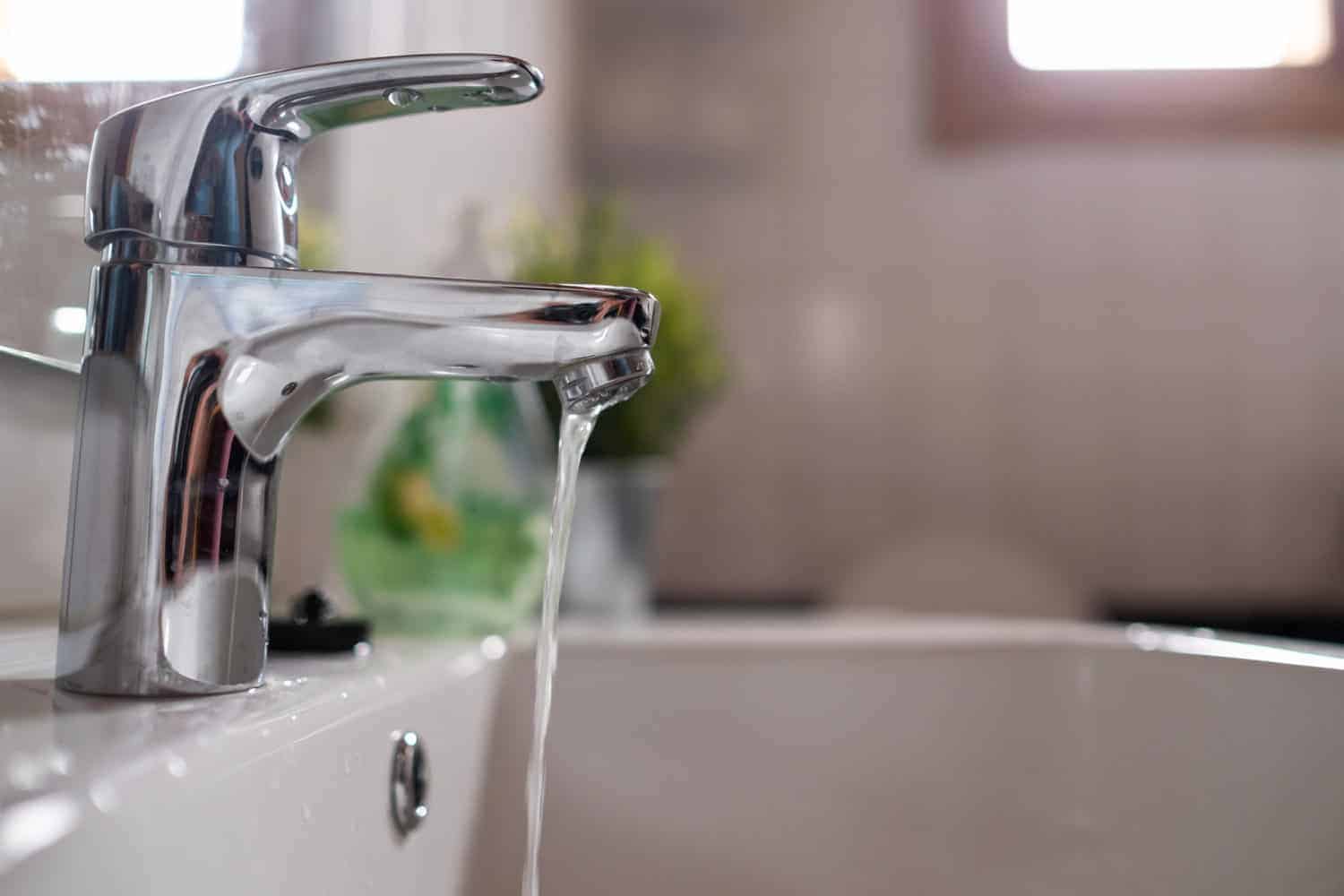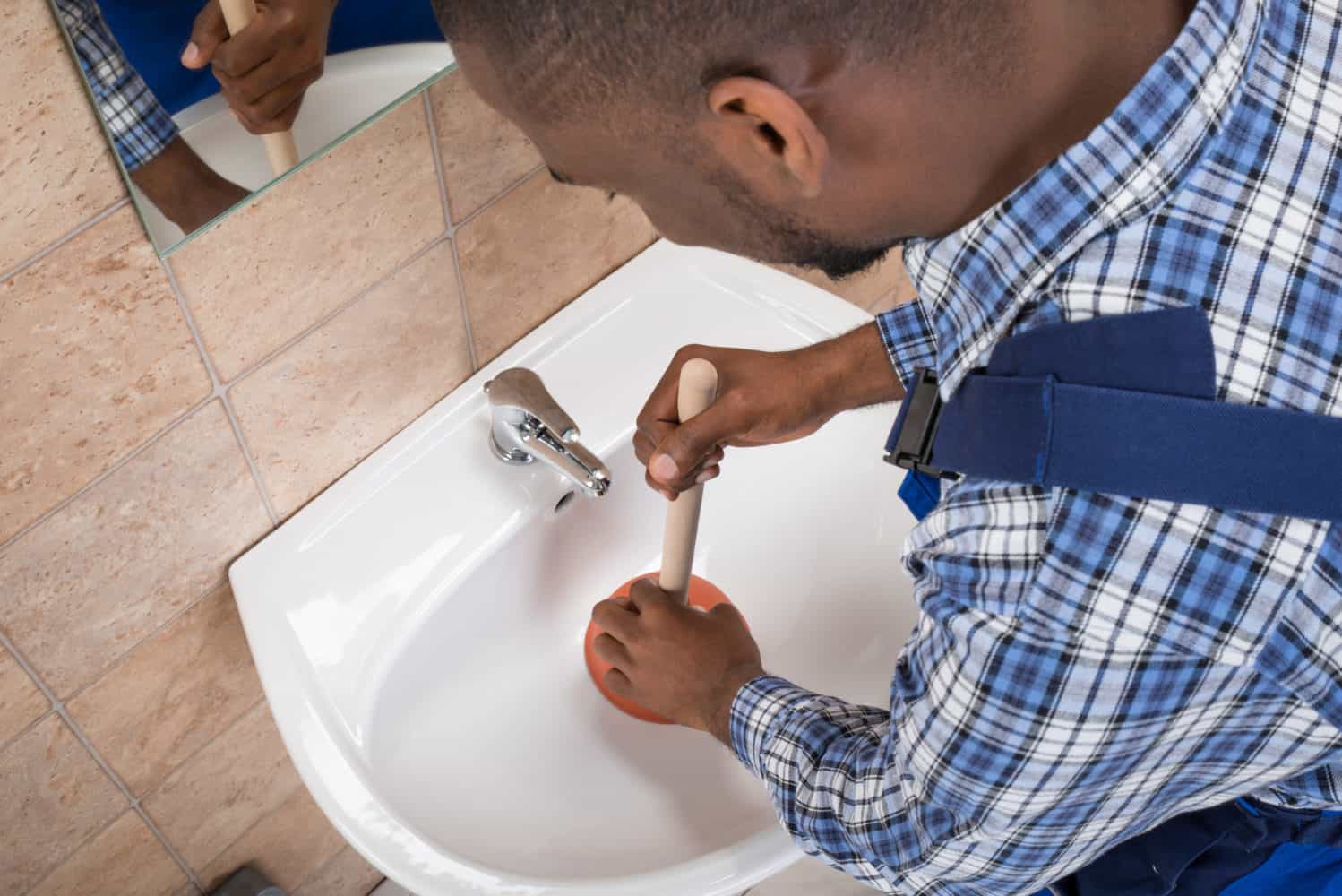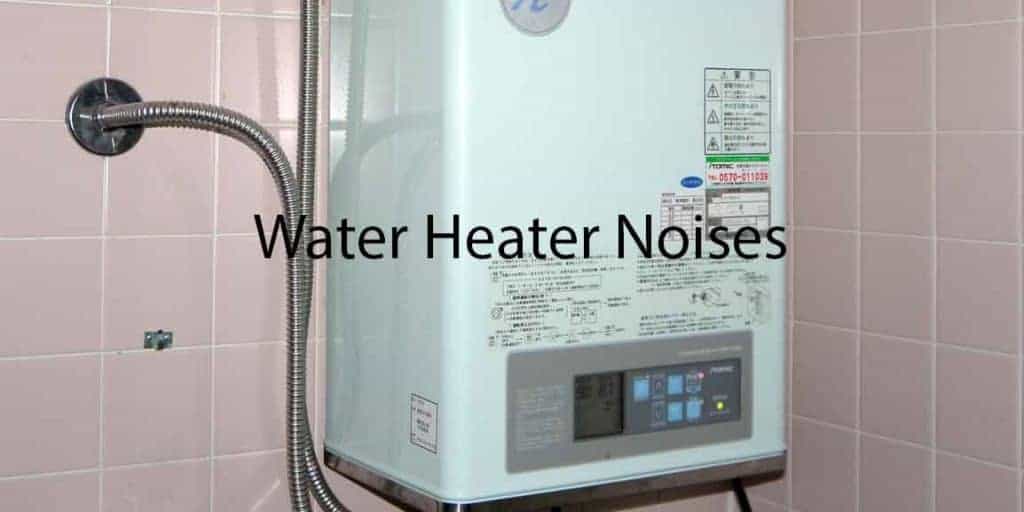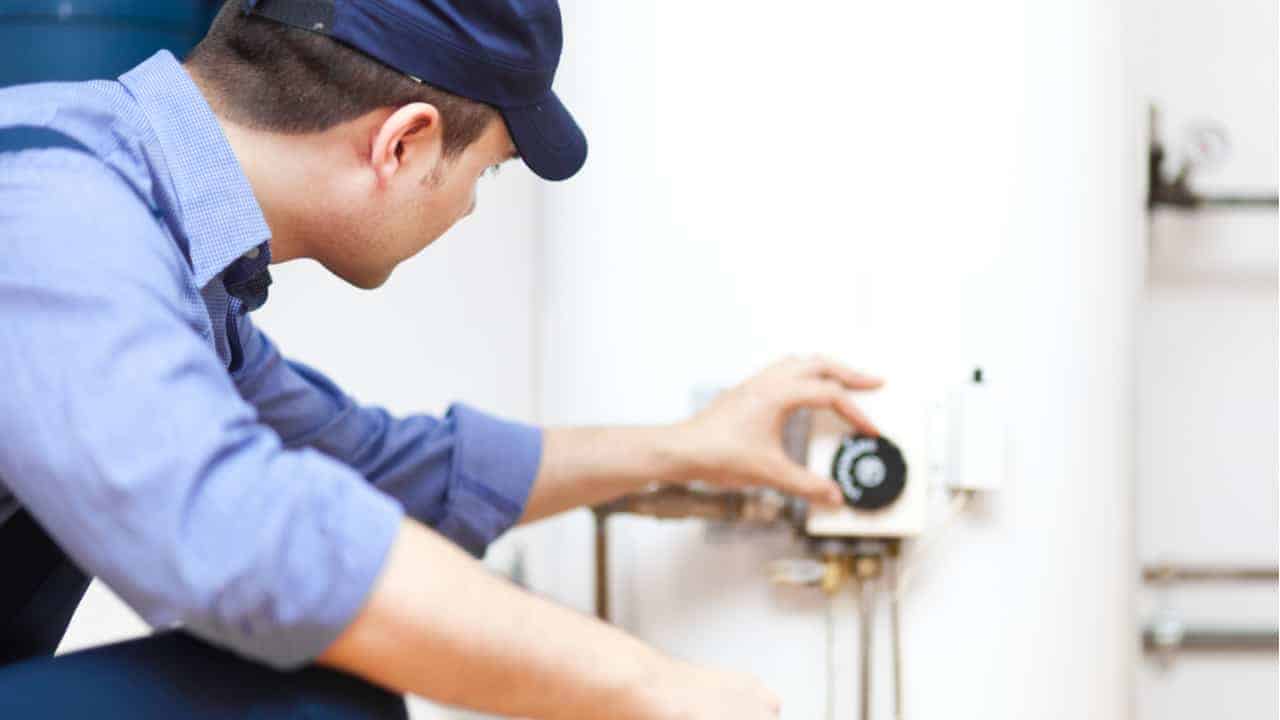People often don’t realize how much water they need on a daily basis until they run into issues with their water supply. In the worst type of scenario, some of these problems can cause a complete absence of water for a time.
Even when you have access to water, you could still have problems with low water pressure in your home. Is the water coming out of your showerhead or faucet weakly dribbling out instead of spraying? If yes, you have low water pressure. Make sure that no brown water coming from water pipes as well.
Low water pressure can have a negative effect on the quality of living in one’s home. Things like doing laundry or washing dishes turn into frustrating chores.
To fix low water pressure, one needs to understand its cause. In this article, we’ll analyze the potential causes behind this issue and help you address the problem.
Contents
Understanding Water Pressure
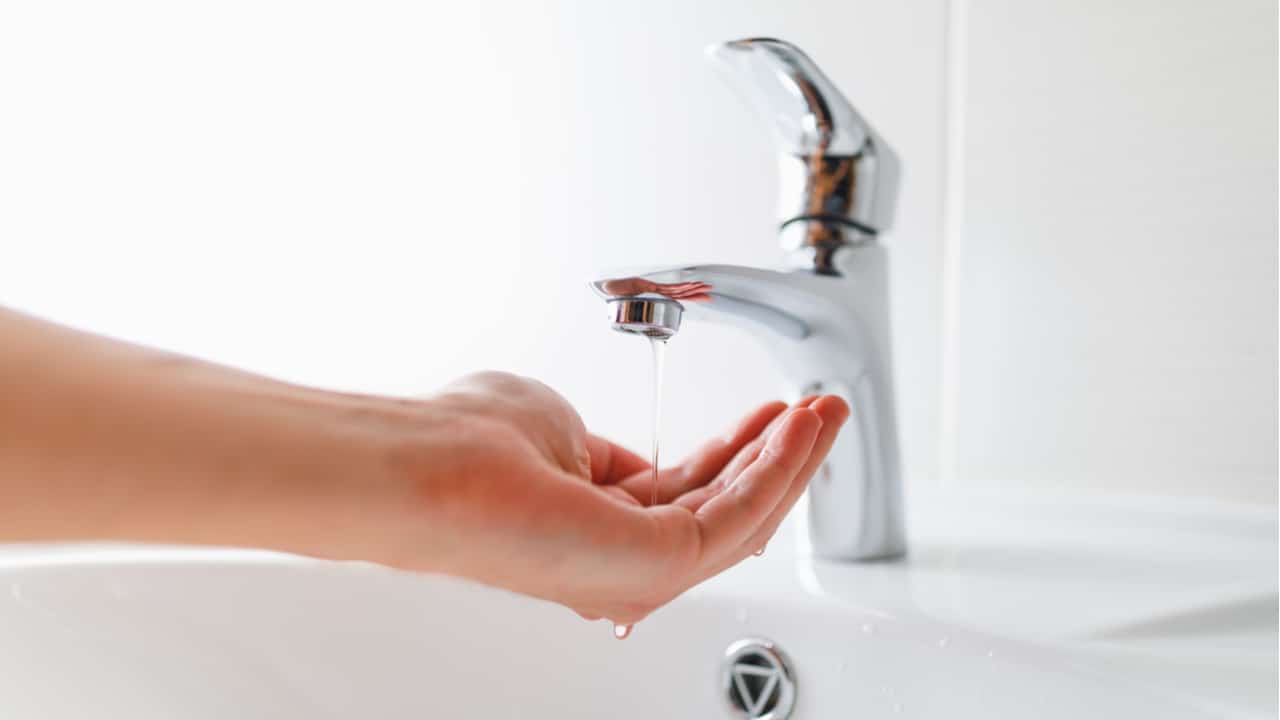
Does your water come from a municipal water provider?
If it does, it comes from a natural water source. From there, it is pumped to a water treatment facility and then to pressure tanks. These tanks are situated at higher altitudes, inside water towers.
As you already know, gravity creates pressure naturally. Therefore, you get water that’s already pressurized. Booster stations, located throughout the city, help maintain the necessary pressure in your home as well as the main city supply pipe.
The pressure of residential water should be between 45 to 55 PSI. However, it often ranges from 50 to 80 PSI. Readings of below 40 PSI are considered low. If the PSI goes below 30, you have very low water pressure.
Which Locations in Your Home have Low Water Pressure?
The first thing to do when dealing with the low water pressure problem is to investigate the scope of the issue. In other words, you’ll have to determine which of your plumbing fixtures are experiencing decreased water pressure.
You may determine that the problem is affecting only one fixture. If your problem is more severe, you’ll probably find that all fixtures in a particular room are affected. In the worst scenario, you will have low water pressure in every fixture throughout the house. Read how to repair low pressure in a kitchen sink.
This information is crucial – it assists you with tracing the root of the issue. Check all plumbing fixtures in your home, including:
Low Hot Water Pressure
As you’re near each fixture, test how it works with cold and hot temperatures. Is the water pressure decreased on both settings or only one?
Having water pressure problems only on the hot water setting indicates that there’s an issue with the water heater, for example. It’s best to have a professional take a look at your water heater in that case.
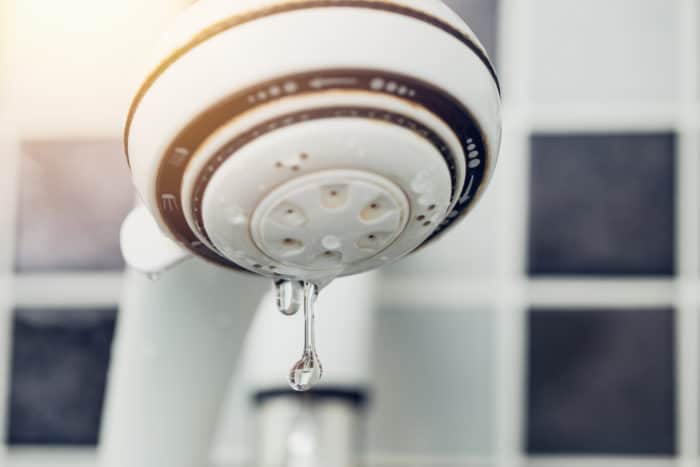
The Most Common Cause for Low Water Pressure
Two plumbing fixtures turned on at the same time can often cause decreased water pressure. Here’s an example: both your shower and dishwasher are running. You immediately notice that you can’t use the shower properly – the water is not pressurized enough.
This happens due to your water supply being incapable of delivering the same pressure to both fixtures. When a homeowner needs water in two places at the same time, the water will have to be divided. This, in turn, leads to reduced water pressure.
If this is the root of your problem, your water pressure should normalize immediately after turning off one of the two fixtures.
Other Reasons for Low Water Pressure
In some cases, however, things aren’t as simple. If your water pressure is decreased even when you use only one fixture at a time, the root of your issue is more complicated. Here are several additional causes you can consider:
Outdated Fixtures
Sometimes, decreased water pressure is caused by worn and faulty plumbing fixtures. A build-up of sediments, limestone, rust, and mineral deposits can become an obstacle that prevents the water from flowing freely.
Unfortunately, this won’t only affect the water pressure. It will also impact the overall quality of water. If only one or two of your fixtures has low water pressure, this may be the cause of your problem.
Test each of your fixtures. Turn them on one by one and inspect the water pressure. Make sure that the aerators and screens on your faucets are unobstructed and clean. If they’re clogged, you’re in luck – replacing these is quick and cheap.
If these pieces are clean, however, the fixture itself may be clogged. Try cleaning it on your own, or have it replaced. If you decide to go with replacement, select the fixture that will fit correctly.
Pressure Regulators
Another culprit behind low water pressure can be a poorly adjusted or broken pressure regulator. This device can also make the water pressure too high.
Is there no middle ground between high and low water pressure in your faucets? If so, you’re probably dealing with a faulty pressure regulator.
Not all homes have pressure regulators. If your home does have a pressure regulator, it’s probably situated below the house’s front hose connection. It should look like a bell-shaped device.
The pressure regulator shouldn’t need further adjustments once it was set by the manufacturer. However, you can adjust the pressure regulator – it’s done by turning the special screw at its tip. You can turn the pressure regulator counterclockwise to loosen it, and clockwise to tighten it.
If you want to decrease the water pressure, loosen this screw. If you want to increase the water pressure, tighten it. It’s as simple as that.
Was your water pressure always well-regulated but now it’s too low or too high? If so, a simple adjustment of the pressure regulator may not work. The broken pressure regulator will need to be fixed, or even replaced.
These instruments can go bad, and when they do, they shouldn’t be fixed or replaced by homeowners. To avoid making things worse, call a licensed plumber to do it for you.
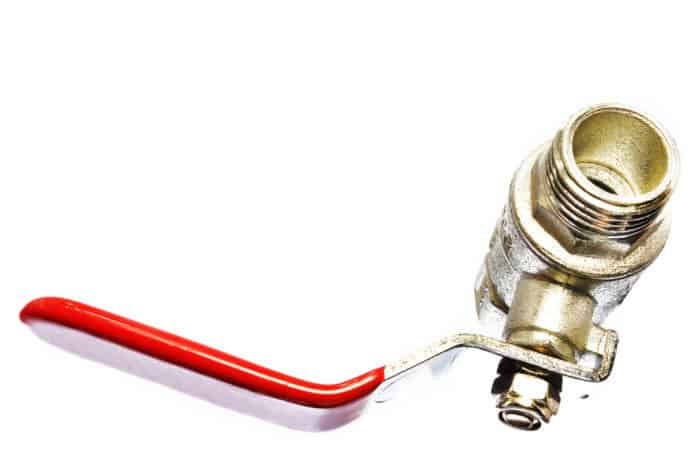
Water Valves
The water flow in your house is controlled by two shut-off valves. One of these is located at the water meter valve, and the other one is in your home.
If one of them is fully or partially turned off, the water pressure in the entire house can decrease significantly. This can take place if you temporarily shut off the water, and then turn it on again. Instead of opening the valve all the way, you could accidentally leave it partially closed.
Do you think that this may be the root of your problem? Go and check both valves. Ensure that they’re fully open instead of just partially.
You can’t find your water meter valve? Most utility companies install these devices close to the property’s edge. Sometimes, however, a water meter is located inside the house. This is particularly true for homes in regions with harsh winters.
Another thing worth mentioning here is that sometimes these devices can be accessed only by city employees. You’ll still be able to inspect the position of the valve, though.
For the home valve, check near your house’s hose bib. Although this valve is usually located outside the house, it can also be situated in the basement or the utility room. If your home valve is a gate valve, fully opening or closing the water flow will require several turns.
If your home valve is broken, contact a licensed plumber to have it fixed or replaced.
Clogged Water Pipes
Clogged pipes are another potential cause. With mineral deposits and other debris building up over time, your home’s pipework may become blocked.
Is your water spraying normally at the beginning but then suddenly flows with noticeably less pressure? This is a good indication of clogged water pipes.
A restricted water flow is particularly common with galvanized pipes. This is precisely why most companies have stopped using galvanized steel for the manufacture of pipes.
Find out what your pipes are made from by scratching them with a nickel. If you uncover a penny-like color, they’re made of copper. If the color is steel-gray, your home is using galvanized steel pipes.
This is where your investigation should end. While you can use home remedies to clear a drain clog, more severe clogs require the help of a professional.
Attempting to clean clogged pipework can be difficult and dangerous. You could easily contaminate your water supply if you don’t have the necessary expertise.
Corroded Plumbing
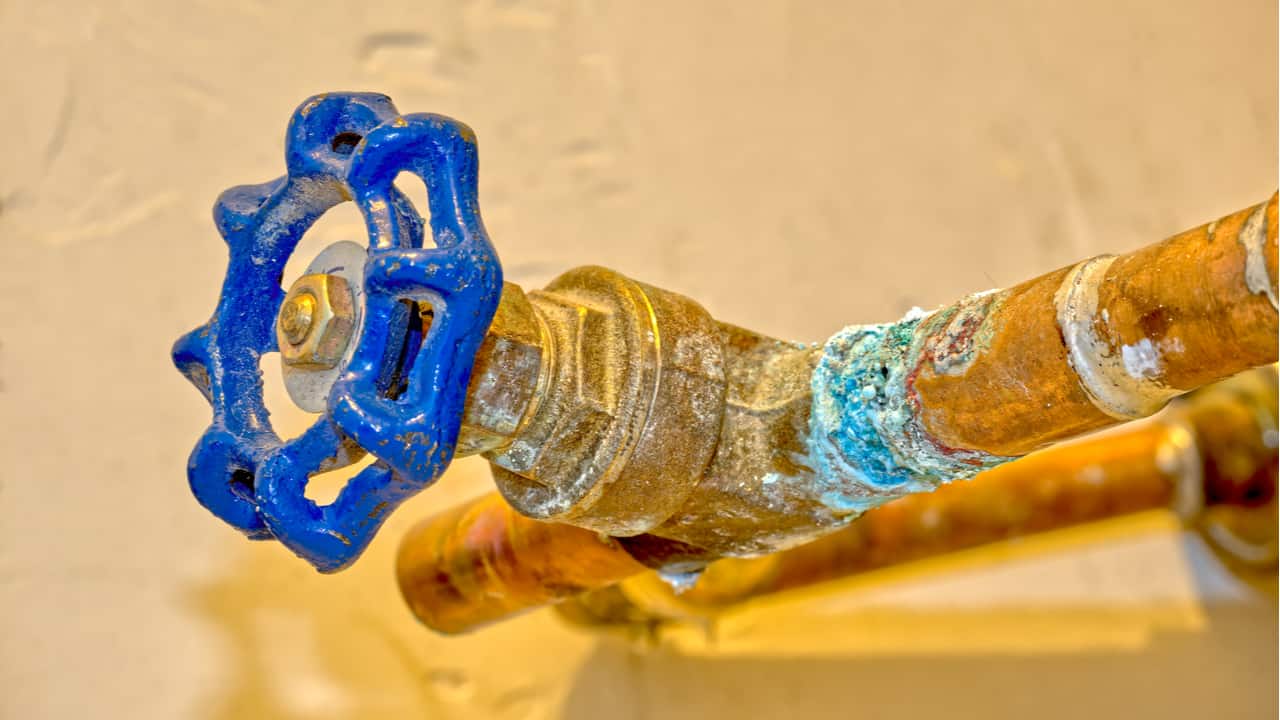
Unclogging or replacing a section of piping is one thing. Sometimes, however, the entire pipework of a house needs to be replaced due to corrosion.
Galvanized pipes that we mentioned have a lifespan of up to 50 years. Materials like iron, copper, and brass last much longer. However, they too need to be replaced every 40-100 years.
If you haven’t replaced any plumbing fixture in your home, chances are you have corroded pipes.
Replacing the entire pipework is a huge and expensive undertaking. It’s a worthwhile investment, though. It’s something that will allow you to choose more durable materials. By doing so, you won’t have to worry about corroded pipes ever again in your lifetime.
Stay Proactive
Typically, it takes quite a lot of time for inadequate water pressure to do severe damage. The solution is in staying on top of your plumbing system. Fixing the issues before they turn into something worse is the best way to save money and protect your pipework.
Read my post on dealing with water in the basement as well.
